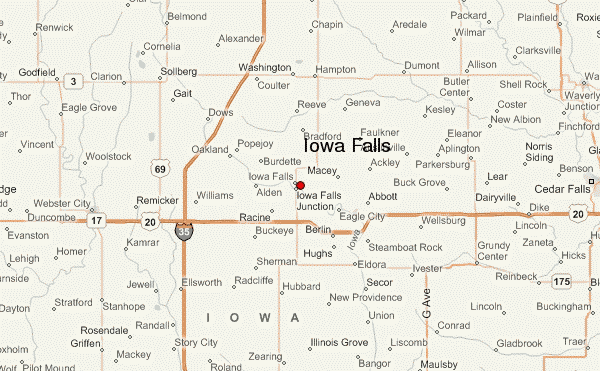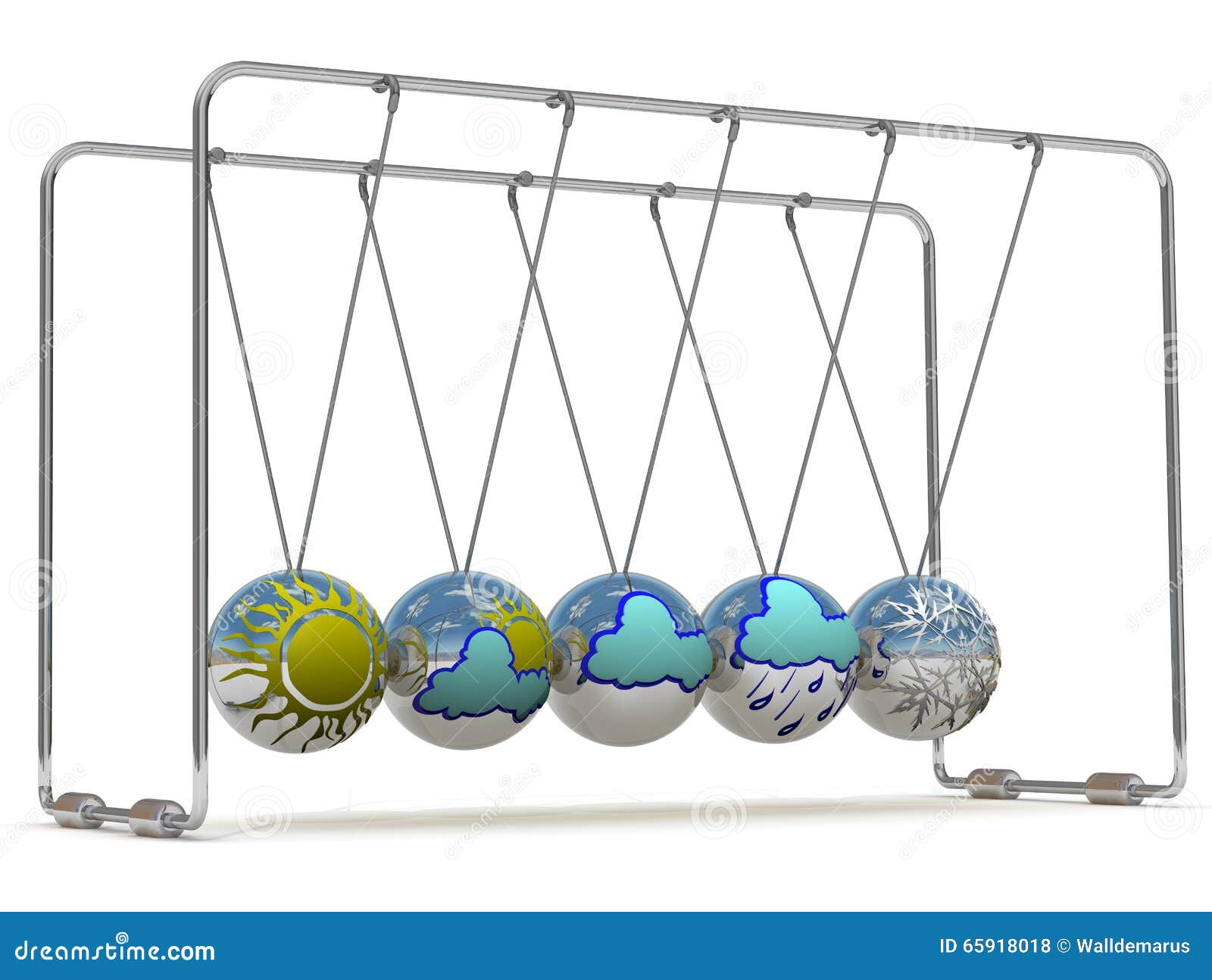

The winter predictions from the farmer's almanac indicated a heavy snow period in early to mid-January. Specifically, precipitation and snowfall were anticipated to be above average in the Eastern region and below average in the west. Additionally, the snowiest period was predicted to start in late November.ĭecember was also expected to bring both rain and more snowy winter weather compared to November. Considering the long-range winter forecast for Iowa, it was expected that the coldest period of the winter would begin in late November. Towards the end of the month, winter weather was anticipated to make an official landfall, with the first flurries predicted for our winter weather outlook. In November 2022, Des Moines was projected to experience a severe drop in temperatures and freezing rain. So, how much snow and ice were you supposed to expect in Des Moines and elsewhere in Iowa? According to the Iowa, winter forecast 2022-2023 from the Farmer's Almanac, a colder-than-normal winter was predicted. Farmer's Almanac Iowa Winter Weather Predictions 2022-2023Įl Nino was expected to arrive in the autumn of 2022, potentially impacting Iowa snow predictions for the winter season forecast. As part of the north-central United States, Iowa typically experiences less snowy winters during El Nino years, and this trend is expected to continue for the winter of 2023-2024. Periods of frigid temperatures are likely to be interspersed with occasional warm spells. The temperatures in Iowa could also be on the colder side, especially in the inland areas. The state might see less snowfall when compared to average, as the storms are expected to move through the southern parts of the United States. Iowa winter in 2023-2024 is likely to experience a similar pattern to Wisconsin, with the influence of the El Nino affecting the storm tracks. So, here are our Iowa winter weather predictions for 2023-2024.

This is where having a snow maintenance strategy and dedicated, expert snow removal services can make a huge difference, and part of that is knowing what to expect from winter in Iowa. Not only that, but there's also a greater risk of injury in parking lots and on pathways that haven't been properly cleared of snow and ice. Without proper preparation, companies may have reduced foot traffic and revenue during cold months. Since hail can cause the rainfall estimates to be higher than what is actually occurring, steps are taken to prevent these high dBZ values from being converted to rainfall.Iowa businesses know that sometimes bad weather means bad business, especially during unpleasant winters. Hail is a good reflector of energy and will return very high dBZ values. These values are estimates of the rainfall per hour, updated each volume scan, with rainfall accumulated over time.

Depending on the type of weather occurring and the area of the U.S., forecasters use a set of rainrates which are associated to the dBZ values. The higher the dBZ, the stronger the rainrate. Typically, light rain is occurring when the dBZ value reaches 20. The scale of dBZ values is also related to the intensity of rainfall. The value of the dBZ depends upon the mode the radar is in at the time the image was created. Notice the color on each scale remains the same in both operational modes, only the values change. The other scale (near left) represents dBZ values when the radar is in precipitation mode (dBZ values from 5 to 75).

One scale (far left) represents dBZ values when the radar is in clear air mode (dBZ values from -28 to +28). Each reflectivity image you see includes one of two color scales. The dBZ values increase as the strength of the signal returned to the radar increases. So, a more convenient number for calculations and comparison, a decibel (or logarithmic) scale (dBZ), is used. Reflectivity (designated by the letter Z) covers a wide range of signals (from very weak to very strong). "Reflectivity" is the amount of transmitted power returned to the radar receiver. The colors are the different echo intensities (reflectivity) measured in dBZ (decibels of Z) during each elevation scan.


 0 kommentar(er)
0 kommentar(er)
